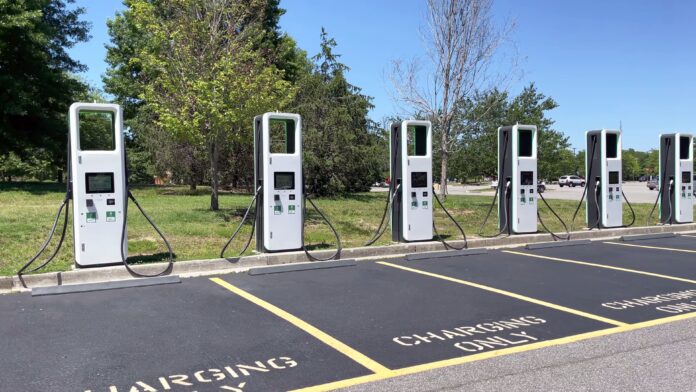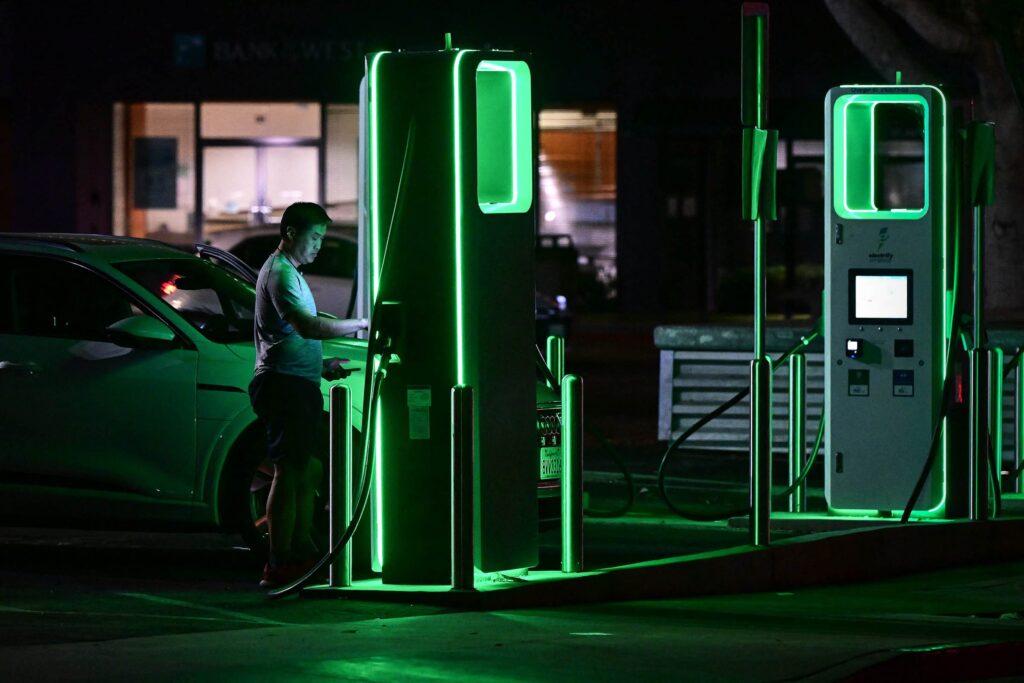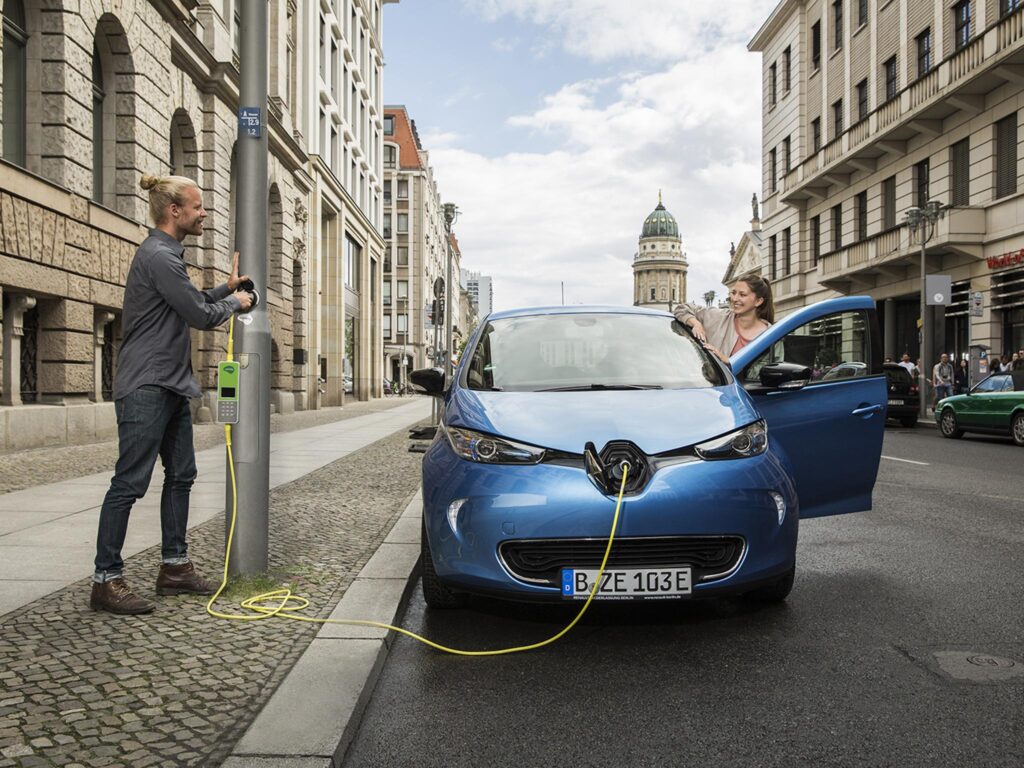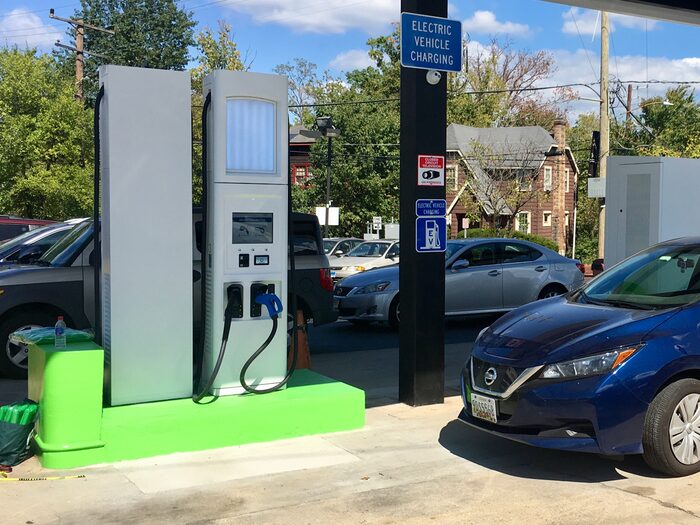
As the world continues to embrace sustainable transportation, electric vehicles (EVs) have gained significant popularity for their environmental benefits. However, one of the major challenges that electric vehicle owners face is the availability and accessibility of charging stations.
To address this concern, entrepreneurs and businesses are increasingly exploring innovative ways to finance and monetize EV charging stations. In this blog, we will explore five promising strategies that are transforming the landscape of electric vehicle charging infrastructure.
Public-Private Partnerships (PPPs)

Public-Private Partnerships (PPPs) have emerged as a potent solution for financing EV charging stations. Governments and private companies can collaborate to share resources, risks, and expertise. This synergy allows the public sector to leverage private funding and expertise, while private companies benefit from stable long-term contracts and government support.
Through PPPs, governments can allocate land and regulatory support for charging station installation while private entities manage the construction, operation, and maintenance. The private partners, in return, may generate revenue through user fees, advertising, or offering premium charging services to EV owners.
This collaborative approach ensures the expansion of the charging infrastructure, enhancing EV adoption while providing attractive business opportunities for private investors.
Crowdfunding
The rise of crowdfunding platforms has brought a new dimension to financing EV charging stations. Crowdfunding allows individuals to pool their resources and invest in projects they believe in. This democratized funding mechanism has the potential to attract a large number of small investors who collectively contribute significant capital.
Local communities, EV enthusiasts, and eco-conscious investors can unite to fund charging station projects in their areas. In return for their investments, participants might receive perks such as discounted charging rates or exclusive access to premium charging stations. Crowdfunding not only empowers communities to take charge of their sustainable future but also fosters a sense of ownership and pride in supporting the growth of EV infrastructure.
Incorporate Renewable Energy Sources

The integration of renewable energy sources with EV charging stations presents a win-win proposition for both the charging station operators and the environment. Solar panels, wind turbines, or other renewable energy installations can be deployed in conjunction with charging stations to offset electricity costs and reduce carbon footprints.
By generating green energy on-site, charging station operators can sell excess electricity back to the grid, creating an additional revenue stream. Moreover, offering EV owners the option to charge their vehicles using clean energy can attract environmentally conscious customers and differentiate charging stations in a competitive market.
Ad-Based Revenue Model
Innovative thinking has paved the way for charging stations to serve as advertising platforms, generating revenue through targeted marketing and advertising opportunities. EV charging sessions provide a captive audience, and businesses can capitalize on this by displaying ads on charging station screens or through mobile apps used by EV owners.
These advertising partnerships can take various forms, including sponsored charging sessions, location-based advertising, or branded charging stations. For instance, a local restaurant might sponsor charging stations nearby, offering discounts to EV owners who use their chargers.
Such collaborations not only finance the charging stations but also create brand exposure and customer loyalty for the businesses involved.
Subscription and Membership Services
Subscription and membership services have proven to be successful models in various industries, and they can be equally effective for EV charging stations. By offering tiered membership plans or subscription packages, charging station operators can guarantee a steady revenue stream.
EV owners may choose plans based on their charging needs, whether it’s unlimited charging at a fixed monthly fee, priority access during peak hours, or additional perks like discounts at partner businesses. These membership programs not only incentivize EV owners to use the charging stations regularly but also provide charging station operators with predictable income, which is crucial for long-term financial stability.
Vehicle-to-Grid (V2G) Technology

Vehicle-to-Grid (V2G) technology introduces a groundbreaking concept that transforms EVs into mobile energy storage units. V2G-enabled charging stations allow electric vehicles not only to draw energy from the grid but also to feed surplus energy back to the grid when needed. This bidirectional flow of electricity creates a unique revenue stream for EV owners and charging station operators alike.
During peak demand periods, when electricity prices are high, charging station operators can tap into the energy stored in connected EVs and sell it back to the grid at a premium rate. This additional income can significantly offset the costs of operating the charging station and even generate profits.
Simultaneously, EV owners who opt for V2G-enabled charging can earn credits or cash payments for the energy they supply to the grid, effectively monetizing their parked vehicles. Homeowners who have level 2 charging stations could eventually earn money from their electric cars.
V2G technology also enhances grid stability by balancing supply and demand, reducing the need for costly infrastructure upgrades. This synergy between electric vehicles, charging stations, and the electrical grid not only makes EV charging more sustainable but also creates a new dimension of income generation for all stakeholders involved.
Smart Charging Management Systems

Incorporating smart charging management systems is a game-changer when it comes to maximizing the efficiency and revenue potential of EV charging stations. These systems utilize advanced algorithms and real-time data to optimize charging sessions, leading to reduced energy waste and operational costs.
Smart charging management systems can balance charging loads across multiple stations, ensuring even distribution of electricity and preventing overloads during peak hours. This not only improves the charging experience for EV owners but also minimizes stress on the grid and the associated infrastructure.
Moreover, these systems can implement dynamic pricing based on electricity demand, offering higher rates during peak hours and lower rates during off-peak hours. By encouraging EV owners to charge their vehicles during low-demand periods, charging station operators can optimize energy consumption, reduce utility costs, and potentially offer discounted rates, attracting more customers.
Plus, smart charging management systems can provide valuable data insights to charging station operators and businesses. Analyzing user behavior, charging patterns, and other metrics can lead to data-driven decisions, such as targeted advertising campaigns, customer loyalty programs, or optimized charging station locations.
Conclusion
The convergence of V2G technology and smart charging management systems opens up exciting possibilities for generating revenue from EV charging stations while contributing to the overall sustainability of electric transportation.
As the EV industry continues to evolve, implementing these innovative strategies can pave the way for a greener, more prosperous future for both businesses and the environment. By fostering an ecosystem of financially viable and efficiently managed EV charging infrastructure, we can accelerate the global transition to cleaner transportation and a more sustainable planet.








